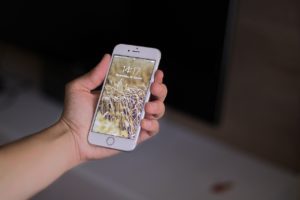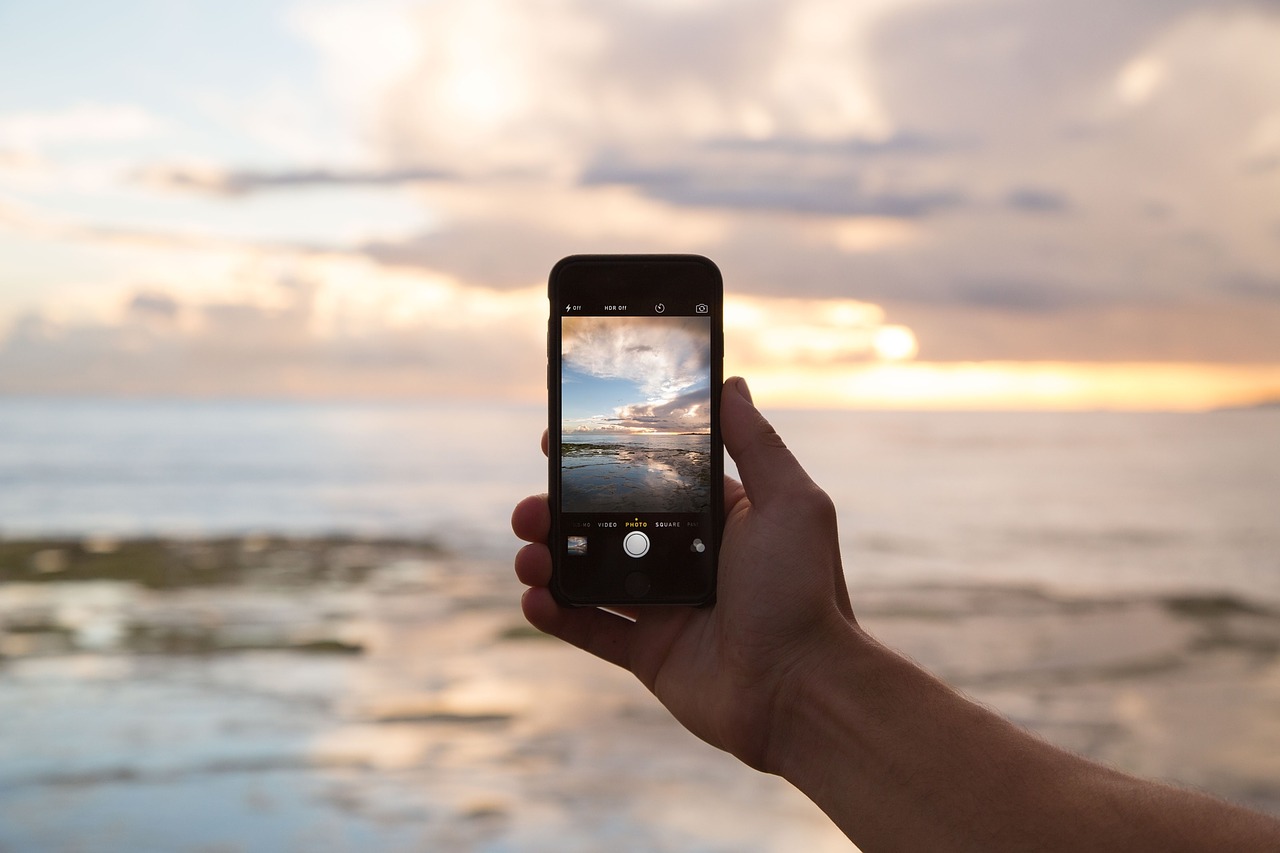 As the number of at-risk people in Afghanistan continues to climb, so too does the need for aid from relief organizations. Despite the challenges of working in a war-torn nation, many non-government organizations (NGOs) have managed to maintain their presence within Afghanistan, finding innovative ways to meet the rapidly changing needs of the people. Mercy Corps, a humanitarian organization that began in 1979, has responded to almost every global emergency in the last 20 years. They have been working within Afghanistan to provide resources and aid to underserved and at-risk groups. Through their efforts, they have provided emergency relief to thousands of women and children. They promote community-based initiatives such as vocational training, small business support, and infrastructure development. Perhaps most compelling, however, is their use of technology to bring stability and support to the people.
As the number of at-risk people in Afghanistan continues to climb, so too does the need for aid from relief organizations. Despite the challenges of working in a war-torn nation, many non-government organizations (NGOs) have managed to maintain their presence within Afghanistan, finding innovative ways to meet the rapidly changing needs of the people. Mercy Corps, a humanitarian organization that began in 1979, has responded to almost every global emergency in the last 20 years. They have been working within Afghanistan to provide resources and aid to underserved and at-risk groups. Through their efforts, they have provided emergency relief to thousands of women and children. They promote community-based initiatives such as vocational training, small business support, and infrastructure development. Perhaps most compelling, however, is their use of technology to bring stability and support to the people.
Technology’s Impact
The global acceptance of smartphone technology is astounding. To put it into perspective, it took over 100 years for the number of landline telephone users to exceed 1 billion, but the number of mobile users exceeded 1 billion in just 20. According to a recent study, one of the fastest growing markets for smartphones is Northeast Africa and the Middle East. The introduction of cellphones to developing countries has revolutionized their communication. There is no need to run telephone lines because users are not dependent on fixed lines, which reduces costs and eliminates the need to provide maintenance and security for the equipment. Basic cellphones are available for less than $20, making one affordable enough for nearly every family. Particularly important for people living in Afghanistan, cell phones can offer a means of communication from anywhere, regardless of one’s physical location.
Refugees with Cell Phones
Technology has become one of the most important tools in the continuing struggle for the security and safety of the displaced people within Afghanistan. Historically, individuals and families that had been forced from their homes would find themselves alone, with no means of contacting family members. In contrast, today’s refugees are using cellphone technology to stay connected, stay safe, and stay informed. Among refugees seeking asylum in surrounding nations, humanitarian workers report that nearly every group has at least one smartphone. After reaching safety, one of the first requests refugees have is for Wi-Fi access. In contrast to parts of the world where cellphones are used for shopping and chatting, in Afghanistan and places like it, cellphones are used to save lives.
Refugees and other displaced persons use cellphones to access GPS services such as directions and guidance to safety. They can easily send coordinates to rescuers and other humanitarian groups for assistance. Users can take pictures of important phone numbers, provide information on safe routes, and give updates about dangerous conditions or where to find aid. For many in Afghanistan, a cellphone provides a lifeline they desperately need.
NGOs and Cellphones
Humanitarian organizations are finding new ways to connect their services with people in need through cellphone technology. Free apps such as Facebook, MAPS.ME, and WhatsApp offer a ways for users to stay in contact with friends, family members, and aid organizations. Developers are currently working on apps that provide navigation routes as well as real-time information about the safety of roads, the presence of dangerous individuals, and the location of secure buildings.
Working in collaboration with other humanitarian organizations, Google and Mercy Corps developed a multilingual website designed specifically for refugees. The site is filled with information such as currency details, where to find lodging, current asylum process, and emergency information. By hosting hotspots throughout Afghanistan and other regions, displaced people can quickly and easily connect to the refugee site and access the information they need. Using GPS location services, the site can detect the user’s location and provide real-time information about shifting conditions, movement restrictions, and other updates.
Many NGOs are adopting a cashless system, where recipients are provided a debit card loaded with funds that can be used to secure food, lodging, and supplies. Refillable cards make it easy to provide tangible assistance without having to worry about currency, loss, or theft.
Translation apps make it possible for aid workers to speak to individuals in their native tongue, quickly finding out critical information and offering support. Weather apps help farmers with updates and market information. Internet access is also vital for individuals who need to access financial information. For instance, mobile banking helps families start savings accounts and access emergency funds. Social media and video technology allows families to stay in touch, providing comfort and stability during a crisis.
Offering mobile technology to at-risk groups is a meaningful, low-cost way to reach individuals with the help they need. For many Afghans, wireless technology and cellphones are some of the most important tools being used today.

